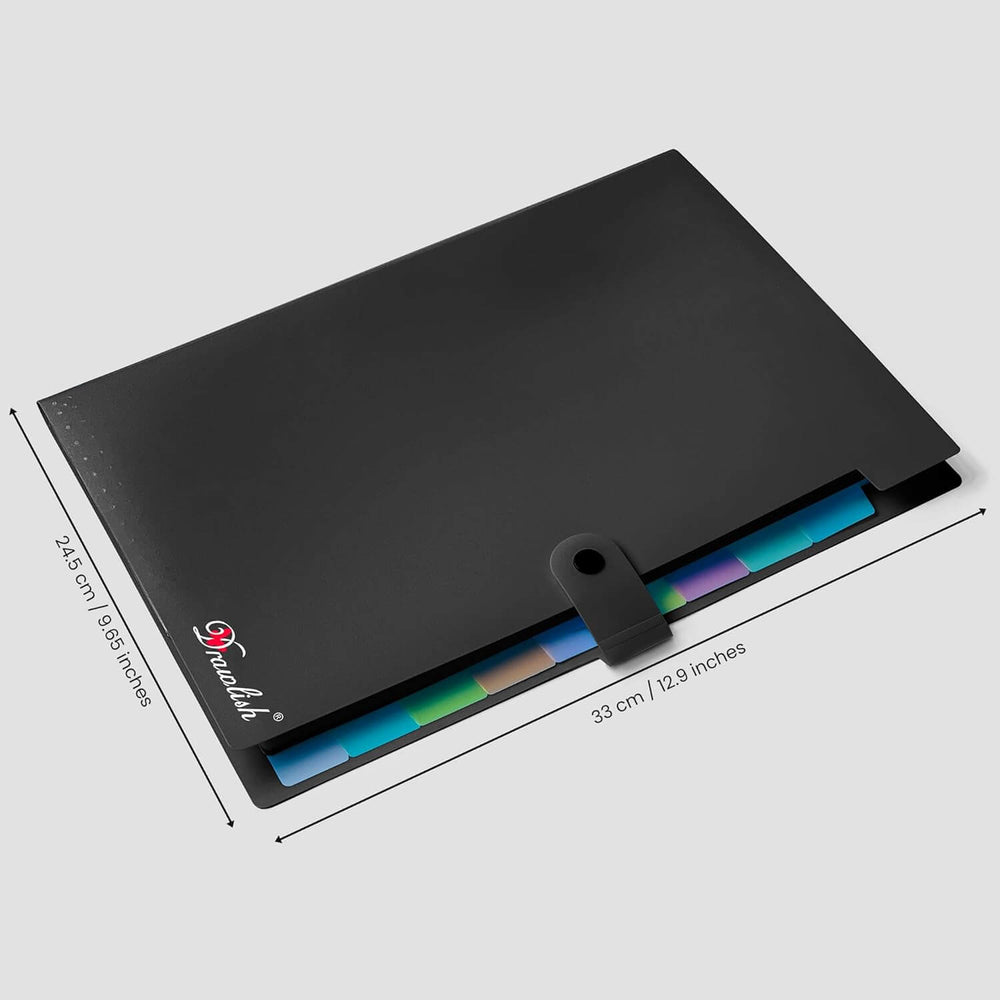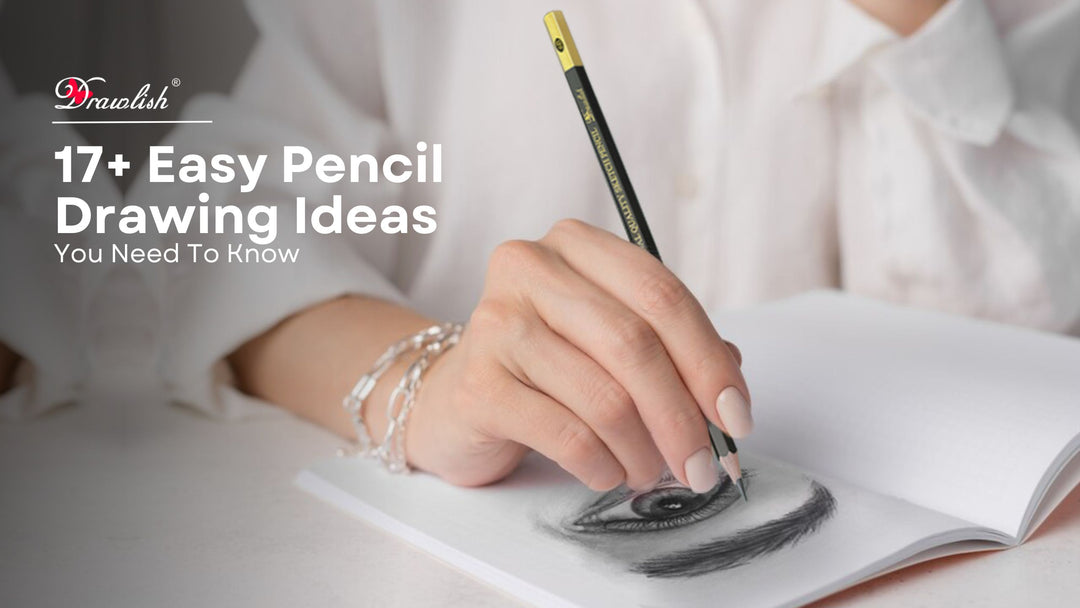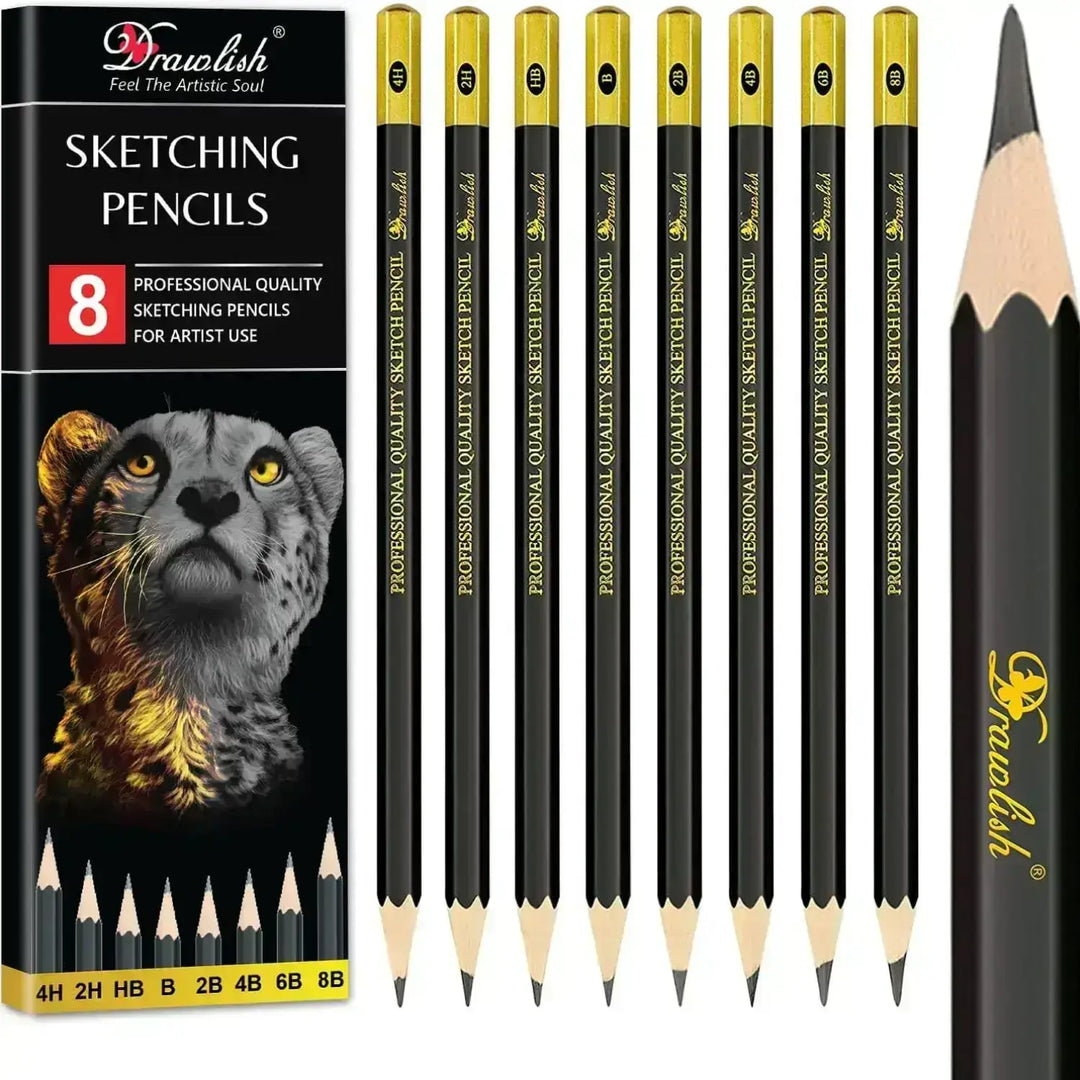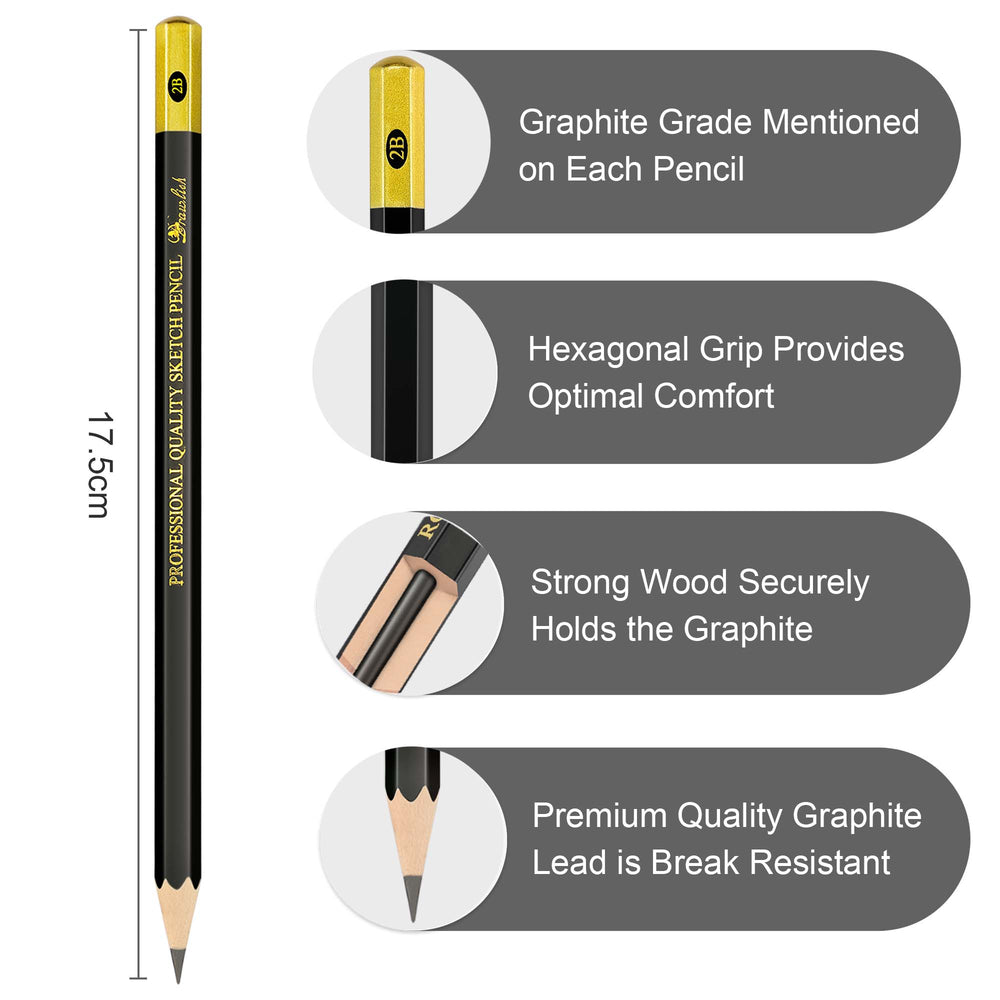The Evolution of Pencils: From Conception to Creation
Pencils are an integral part of our daily lives, whether we’re jotting down a grocery list, sketching a portrait, or filling out a crossword puzzle. But have you ever stopped to wonder about the humble pencil’s origins and what goes into making one? This blog post will delve into the history, composition, manufacturing process, and the reason behind using graphite in pencils.
When Were Pencils Invented?
The modern pencil, as we know it, was developed by Nicholas-Jacques Conte in 1795. He invented a process to mix graphite powder with clay and form it into rods that were then baked. This method allowed for the creation of pencils that were both durable and capable of producing consistent marks.
How Are Pencils Made?
The process of making pencils begins with cutting pencil stock into slats, which are then treated with wax and stain for uniform color and improved machining characteristics. Grooves are cut into the slats, filled with glue, and the graphite-clay mixture is inserted. Another slat is glued on top, and the ‘sandwich’ is then cut into individual pencils. These are shaped, painted, and fitted with erasers before being sharpened and packaged for distribution.

What Are Pencils Made Of?
The core of most pencils is made of a mixture of graphite powder and a clay binder. Graphite, often referred to as ‘pencil lead’, is a form of carbon that leaves grey or black marks which are easily erased. The outer casing is typically made of wood, often cedar, which is chosen for its pleasant odor, resistance to warping, and ease of sharpening.
Why Is Graphite Used in Pencils?
Graphite is used in pencils because of its ability to leave marks on paper with ease. It’s soft enough to create a visible line yet hard enough not to smudge excessively. The layers of carbon atoms in graphite can slide over each other, making it ideal for pencils as it can be easily rubbed off onto paper.

The Journey of the Pencil: A Tool for Expression
The pencil has come a long way since its early days. It has evolved from a rudimentary tool made from chunks of raw graphite to a sophisticated instrument that comes in various grades, from hard and light (H) to soft and dark (B). This range allows for a wide array of artistic and practical applications, making the pencil a versatile tool for expression and communication.
The pencil may be a simple tool, but its development and production are rooted in a rich history of innovation and practicality. The next time you pick up a pencil, take a moment to appreciate the centuries of development that have shaped it into the reliable tool we rely on today.
Drawlish Pencils: A Cut Above the Rest
When it comes to quality and precision, Drawlish pencils stand out. They are crafted to cater to artists, students, and professionals who demand the best in their drawing and writing instruments. The HB pencils from Drawlish, in particular, are renowned for their consistency and versatility, perfect for everyday tasks
Drawlish pencils embody this spirit, offering a range of sketch pencils that are soon to be launched, promising even greater quality and innovation. Their commitment to excellence ensures that whether you’re sketching a quick portrait or drafting a detailed architectural plan, Drawlish pencils will not let you down.

FAQs:
Q1. Where was the pencil invented?
A. Initial attempts to create graphite sticks from powdered graphite occurred in the 1660s in Nuremberg, Germany. However, it was during the Napoleonic Wars in the late 18th century, when trade embargoes compelled the French to develop an alternative method and recipe for pencil cores.
Q2. How did pencil lead get its name?
A. The term “lead” for pencil cores is due to a historical misunderstanding. When graphite was first discovered in England in the 16th century, it was mistaken for a form of lead and called “plumbago” (Latin for “lead ore”). This misnomer persisted even after it was understood that graphite is a form of carbon.
Q3. How are pencils classified?
A. Pencils are classified based on the hardness of the graphite core, using a combination of letters and numbers. “H” indicates a hard pencil, “B” indicates the blackness or softness, and “F” indicates a fine point. The scale ranges from hard pencils like 9H to soft pencils like 9B, with HB being in the middle.
Q4. What is the oldest pencil in the world?
A. The oldest known pencil is a wood-encased graphite pencil from the 17th century, found during restoration work in a house in Langenburg, Germany.
Q5. Is the lead in pencils actually lead?
A. No, the “lead” in pencils is not made of the metallic element lead. It is made of graphite, a form of carbon, mixed with clay.
Q6. What is an F grade pencil?
A. An F grade pencil stands for “Fine” and refers to a pencil that is hard enough to maintain a fine point, making it suitable for precise work and technical drawing.







Leave a comment